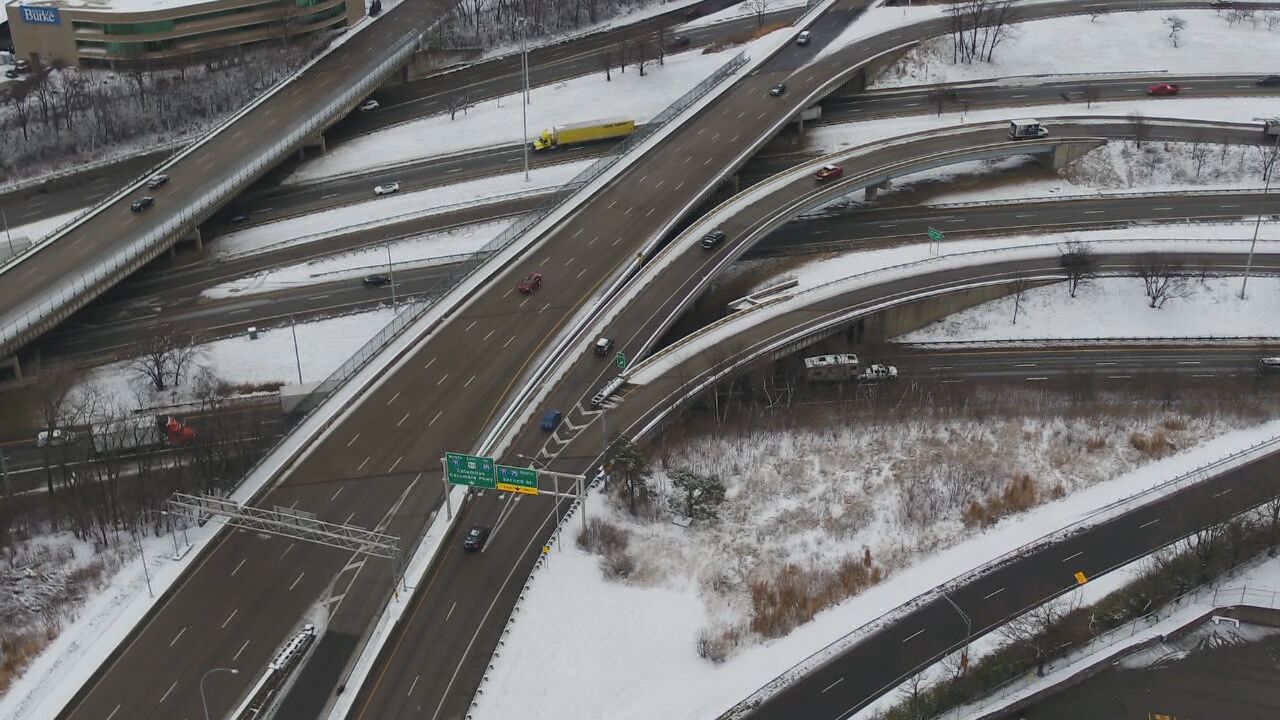“…Charles is concerned, not only with the radiation he and other drivers may have been exposed to, but with the fallout from the radioactive rigs that continue to travel our nation’s highways.”

CINCINNATI (WKRC) – Each year, millions of radioactive loads are shipped across the country, many on trucks that travel right beside you on our highways.
The federal government says the shipments are safe, but some of those who handle and haul the toxic material disagree.
In this exclusive Local 12 Investigation, Chief Investigative Reporter Duane Pohlman interviews two of those workers.
THE TRUCKER
In his 35 years behind the wheels of big rigs, Andy Charles has hauled just about everything, but he says nothing compares to the material he picked up and dropped off at the Portsmouth Gaseous Diffusion Plant near Piketon, Ohio.
“They did tell us it was uranium, but that was pretty much it,” Charles recalled of his year long experience in 2007, transporting toxic cargo to and from the massive former uranium processing plant.
He described most of the loads as being contained in heavy, cylindrical containers, marked radioactive. However, Charles says no one ever told him how radioactive those shipments really were.
“There was really nothing like that,” Charles said, shaking his head.
“It was really just get in the truck and go,” he added.
In 2007, Charles says he and his partner hauled hundreds of loads, non-stop across the country to and from nuclear facilities, from Ohio and Kentucky to Tennessee and Texas.
While Charles says he dressed as he always does, in jeans and a shirt, he began to pay attention to the workers who loaded his truck. They always wore protective gear.
“White uniforms, masks, and stuff,” Charles remembered.
His cab was equipped with a panic button to push if there was any trouble, too.
“They installed these buttons on our trucks and told us, if we noticed any suspicious activity from cars or anything around us, that we would push that button and somebody would be to us in minutes,” he explained.
The experience did not cause concern then.
“I look back now, and I think red flags should have come up,” Charles said.
Charles says he was given a specific route to drive and was told he could not deviate from it.
“Oh! We was not allowed to stop anywhere,” he explained.
MILLIONS OF SHIPMENTS A YEAR
According to the U.S. Environmental Protection Agency (EPA), there are approximately three million shipments of radioactive material each year in the United States, with most of it traveling in trucks on our highways.
That radioactive material being shipped ranges from medical and research supplies to nuclear reactor cores and warheads.
Highly-radioactive shipments travel in “special containers” designed to withstand drops, crashes, impacts and raging fires.
REGULATED AND SAFE?
Still, the government agencies concede most of the radioactive material is not shipped in those crash-proof containers.
Andy Charles says the cylinders he hauled to-and-from Ohio did not appear to be crash-proof, and he often worried about the effects of them on the passengers who traveled next to his truck.
“We were blazing down the highway, 60-70 miles an hour. If there’s any kind of leak, or whatever, it’s blowing in the wind,” Charles said.
The US EPA and other government agencies insist shipments of the radioactive material are “highly regulated” and “safe.”
BY THE BOOK
Jim Walburn, a now-retired transportation specialist who approved radioactive shipments at the Portsmouth facility and other nuclear sites for nearly three decades, says he did his job “by the book.”
“We did what the federal regulations required us to do,” Walburn explained.
Still, Walburn says he occasionally stopped shipments when it was clear they were too radioactive, only to have the same material re-submitted with new numbers and cleared for transport.
To this day, Walburn suspects some of those shipments were above acceptable limits.
“I don’t have any proof,” he added.
“But you have some suspicions that some pretty hot stuff went down the line?” Local 12 asked.
“Yes,” he confirmed.
RADIATION IN THE RIGS
For Walburn, the material wasn’t the only worry, either.
He says some trucks would become contaminated with radiation, too.
“There were times where we found radioactive material that had somehow gotten onto the surface of the boards in the floor, or something like that,” Walburn explained.
In those incidents, Walburn says crews would work to decontaminate the big rigs.
“They would just take the floorboards out of the truck and put them into a waste,” he said, adding, “The metal itself could be cleaned.”
“I WISHED TO GOD THAT I’D NEVER DONE IT”
That brings us back to Andy Charles, the truck driver who hauled that radioactive material for a year. While he says he wore a dosimeter (a device that measures radiation) on a lanyard around his neck when he transported radioactive loads, he says the results were seldom checked.
“It was not like they was really concerned with it,” he said, referring to safety officers at the plants.
But Charles is concerned, not only with the radiation he and other drivers may have been exposed to, but with the fallout from the radioactive rigs that continue to travel our nation’s highways.
“I look back now and I wished to God that I’d never done it,” Charles said.
